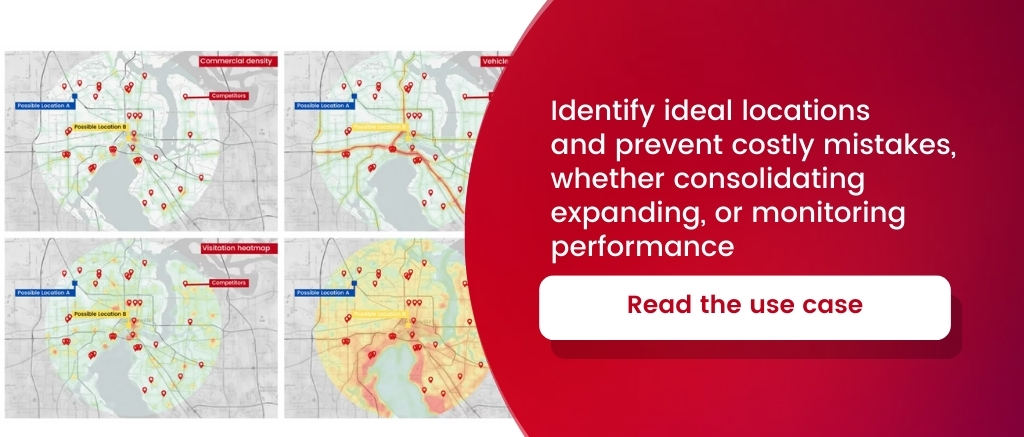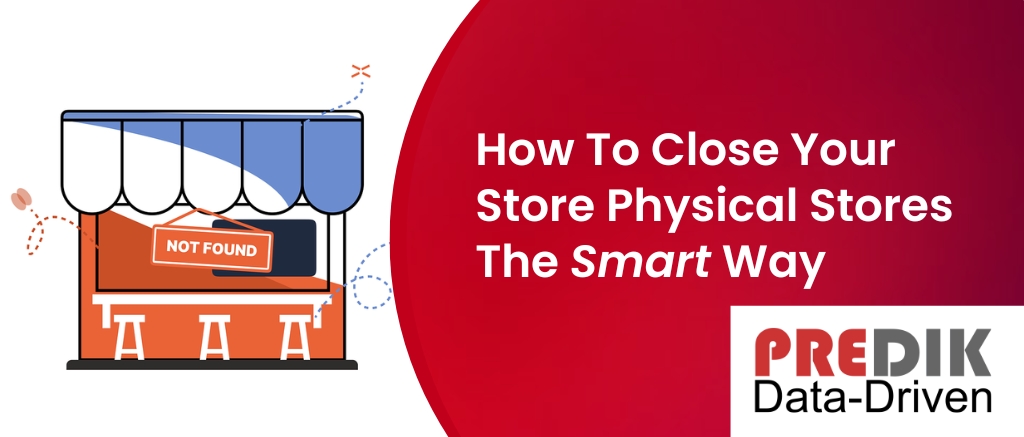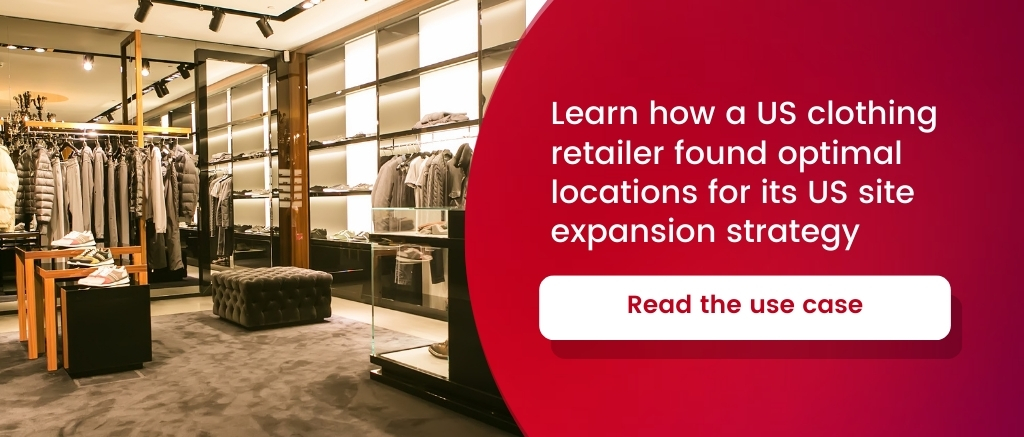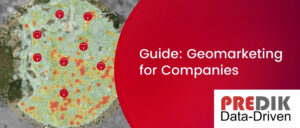The retail industry is currently in a transformative ‘rightsizing’ phase, a necessary evolution in the landscape of physical storefronts. From Macy’s announcement of the closure of 150 stores to Dollar Tree’s plan to shut almost 1,000 stores in the next few years, most brands are strategically reevaluating their site location strategy in major cities. This shift, while challenging, presents a unique opportunity for retailers to adapt and thrive in the changing market.
Analysts project that over 50,000 stores will be closed in the United States in the near future. This serves as a powerful reminder that retailers should not solely rely on intuition and internal know-how. By implementing a data-driven and customer-centric approach, retailers cannot only navigate these changes but also enhance the profitability of their store network, empowering them to make informed decisions.
To close or not to close…
The cost of closing the wrong store can have a greater impact than you think. It’s not just about the immediate financial implications but also the potential loss of market share, customer loyalty, and brand reputation. Therefore, it’s crucial to consider all relevant data and factors before deciding. Apparent factors, such as higher operating costs than sales and profits or an apparent decrease in foot traffic and visitation volumes, usually motivate the decision to close a store.
Also, current factors like crime rate, store oversaturation, people moving away from city centers, public safety concerns, or difficulty retaining qualified workers are also pushing brands to close their stores.
However, retailers should always consider other factors, such as a possible loss of market share or the impact on other selling channels. For example, according to a Forbes analysis, retailers lose nearly 12% of online sales in the local trading area after closing a store, almost double the online business gained when opening a store.
“Fashion retailers that closed stores experienced a 22% decrease in online sales, compared to a 12% increase for those that expanded their number of stores.”
Forbes
How can you use retail data analytics to evaluate your strategy?
According to ICSC reports, closing stores does not necessarily raise profits but can harm the brand’s presence in an area.
So, how do you be sure of making the best decision and not making a costly mistake? Retail data analytics can help you get valuable insights based on foot traffic data, POI data, store data, and other alternative sources of information.
We also recommend you reading: How to Increase Foot Traffic to Your Retail Store Using Data Analytics?
Some of the insights you can get from a data-driven analysis are:
- A precise view of your busiest and quietest times and opening days between your physical stores.
- Sociodemographic data about your visitors (Income level, age, or gender, among others).
- Visitation behavior on days when your marketing team launched a specific promo or campaign.
- Visitation patterns to your competitor stores. These insights are helpful to answer questions like “Are my visitors also going to my competitors’ stores?”, “Where are my main visitors from?, “Which other stores are they visiting?”.
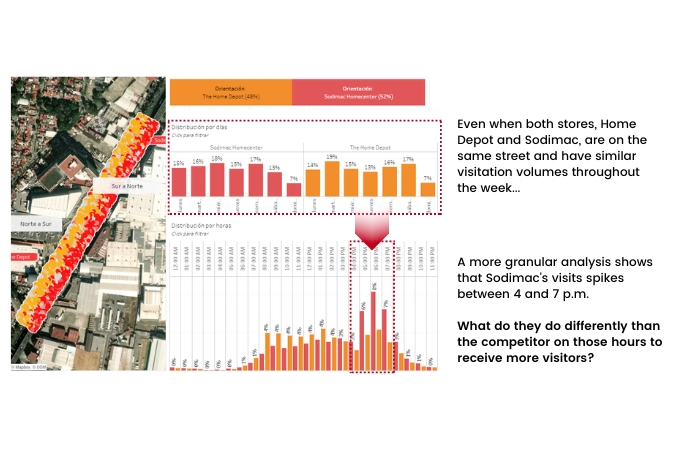


Time to start using predictive analytics
To take things further, Machine Learning and Artificial Intelligence can help you evaluate your current store’s performance and forecast sales performance and visitation volumes in the future.
Predictive analysis based on Big Data considers thousands of internal and external variables and determines the key success elements for your physical stores. Then, it “evaluates” each of your POSs and identifies the ones most likely to underperform and those that can exceed their goals.
Interested on learning more? Understand how predictive analytics can transform your decision-making process
With all this data, you can ensure you are not closing the wrong store. For example, one of our clients was about to close one of their main stores due to a sudden drop in sales, but the ML algorithm indicated it was a store with outperforming potential. With this in mind and after evaluating its staff, the brand found that the drop in sales was correlated with diminished customer service quality.
By having a data analytics approach, you can ensure you are not shutting down the wrong store. For instance, one of our clients was on the point of closing one of their most relevant stores due to a sudden decline in sales. However, the ML algorithm indicated it was a high-potential store. After taking the algorithm’s advice and assessing the store’s staff, the brand discovered that the decline in sales was due to a decrease in customer service quality.
Can you imagine if the brand had decided to close that store? How many millions will they potentially lose?
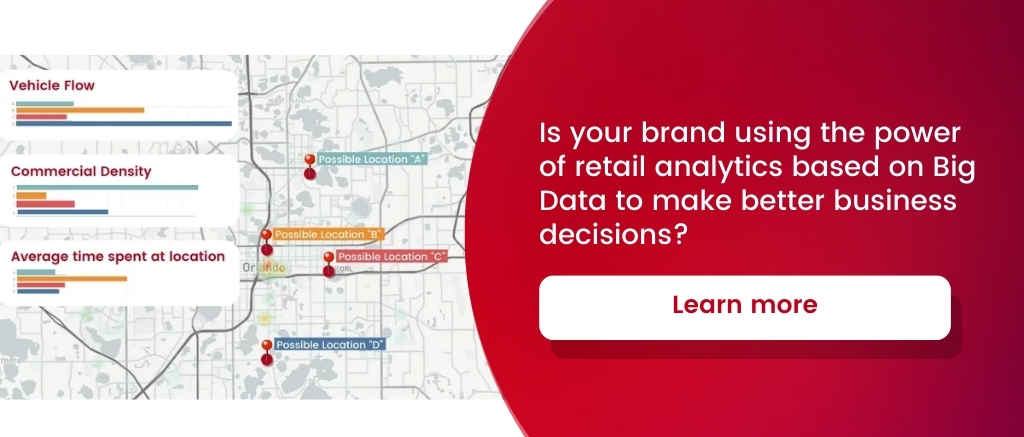
Is it a matter of downsizing or rightsizing?
Brands like Target and Sephora have opened smaller store formats of only 2,000 square feet (less than half the size of an average store). This strategy can boost the customer experience and be an ideal testing ground for new technologies and services — such as new payment options or omnichannel offerings. In addition, retailers are using downsized physical stores to experiment with a broader variety of products before introducing them to a larger market.
After all, reduced brick-and-mortar footprints open the door to more personalized interactions, which may significantly pay off in the long run.
Site selection solutions based on big data and artificial intelligence can help you understand if your store should prioritize rightsizing instead of using a “shut-down” strategy.
Rethinking the role of your physical stores
It has been a while since the role of physical stores has changed. Their influence has extended far from their surroundings to their digital presence. Research has found that website traffic increases by over 50% in a six-month period when a retail store opens.
Before making a final decision, you should allow yourself the time to conduct a thorough study of all the factors that may impact your brand. Gathering information from different sources can help you evaluate, reevaluate, and reshape your current site location strategies accordingly and avoid making wrong decisions in the long run.
